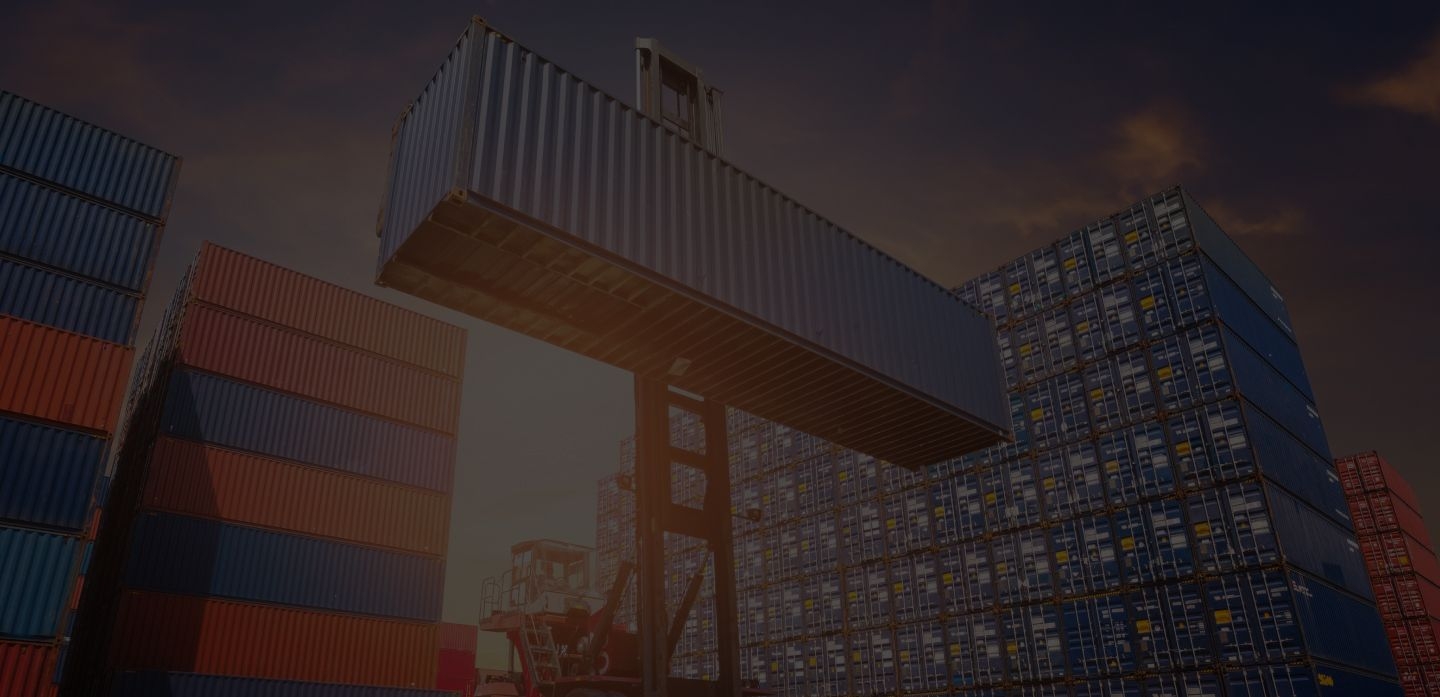
How to prevent shipping damage



![]()
As a seller or a buyer, you’ll probably agree with us on the following: goods being damaged during transit is a major disaster. Whether you’re the one waiting expectantly for your shipment to arrive only to get a whole load of mush or you’re the party having to deal with annoyed complaints about broken goods from clients, you’re sure to find some useful tips in this article that will help you avoid this kind of hassle.
While damaged shipment is obviously a pain for buyers, sellers tend to be affected the most because liability usually lies with them. Even when not actually responsible for damages, the repercussions for a business - high return costs and brand suffering, for instance - can be extremely detrimental.
Why your goods can be damaged during the freight process
A lot of what happens after your cargo is loaded is – very unfortunately – out of your control, which is why it’s paramount for shippers to be realistic about their freight and anticipate every possible scenario.
Regardless of the vehicle being used, transportation of goods invariably involves a certain amount of sudden movements, jostling, twists and turns. Furthermore, it’s not uncommon for shipment items to be dropped from heights of up to four feet at some point or another.
Human factors should also be taken into account - the fact is that, whether you like it or not, your goods are going to be handled by multiple parties during transit so theft or loss are sadly also something you need to avoid by planning in advance.
And last but not least, shipments are also often exposed to big and swift changes in heat and humidity which can be particularly risky for sensitive cargo.
As deterring as all the above may seem, you’ll be happy – or rather, relieved – to know that there are many actions you yourself can take to protect your cargo against all of this.
Tips to avoid shipping damage
Choose your container and pallets carefully
Providing your cargo with the best protection will go a long way in ensuring your freight will resist the various dynamic and static forces en-route. You should always choose the right-sized container for your shipment and check (or make sure your agent does) it’s not damaged.
In addition, you should also consider avoiding cheaper shipping options that may put your cargo at risk, a common occurrence when choosing between LCL (Shared Container) and FCL (Full Container). For over 10CBM volume cargo, a 20-foot container is definitely a safer bet than a Shared Container (LCL), since the latter involves a lot more manipulation during transit.
Use appropriate pallets for your goods. Each pallet should be larger than the footprint of the item it holds. If your goods hang over the edges, they will risk collision with other items.
Have a good think about how to best stack your cargo
Aside from using suitable pallets and containers, you should also take some time to plan for the stacking of your goods and how you will load your container. As a general rule of thumb, you should stack heavy items like bricks in order to distribute weight evenly. If some of your items won’t withstand other goods being stacked on top of them, make sure you indicate this clearly on the labeling.
When stacking your cargo, remember that there will be a fair amount of rattling and tipping during transit – leaving empty spaces between each item would be practically begging for damage. Always fill in these spaces so as to guarantee your cargo will be as compact as possible.
Use a suitable Incoterm
Incoterms state – among other aspects of sea freight – which party is liable for the goods at different points in the process. Making sure you choose one that is suitable for your transaction and that you fully understand is a vital decision that will protect you from claims or complaints that may not actually be your responsibility.
Buy insurance
Although insurance is technically not something that will prevent your shipment from being damaged, it is without doubt an essential precaution that will safeguard the financial aspects of your shipping process.
The truth is that some damage is simply not preventable so you should also focus on protecting yourself against the inevitable.
Take special care of your labeling
As risky as transportation of goods may seem, don’t forget it’s mainly managed by humans, so communicating accurately with them will go far in ensuring your shipment is handled properly.
Simple measures such as marking fragile items with the word “Fragile” or indicating which is the up-side and down-side may make a whole load of difference to your goods’ safety.
Aside from labeling your goods clearly, make sure you provide your cargo agent with detailed instructions on how to load your shipment so that the truckers and coloaders treat your cargo accordingly.
As you can see, although shipping damage is a pain and a common occurrence in imports and exports, it is not unavoidable. By taking a few simple steps you can make sure your business doesn’t suffer too much from it.
Related Articles


